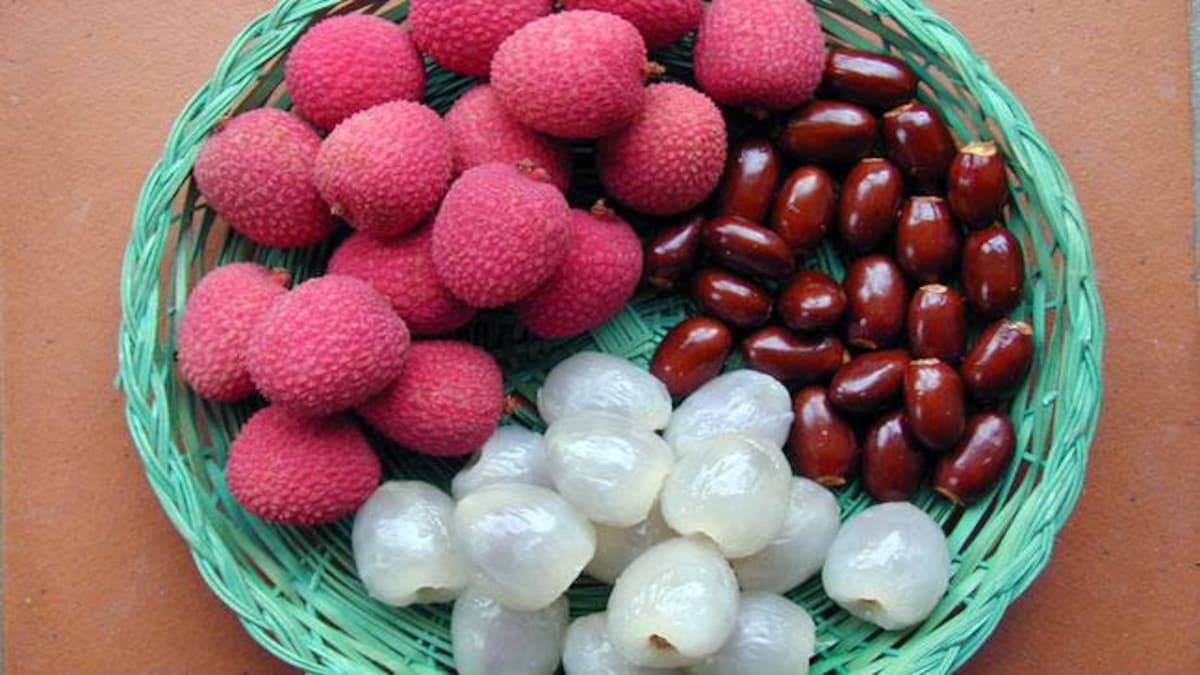



The lychee is a subtropical fruit, which is oval and the size of a walnut. In fact, lychees are part of the berry kingdom and grown on tropical, evergreen trees. Moreover, after a few months of growth, these individual flowers transform into bunches of fruit. Australia is a nation that harbours the most extended production season in the world. This season begins in October and lasts up to late March. Additionally, these fruits are produced majorly in Queensland.
As of June 2020:
Predominantly, these fruits are grown in Queensland. Some of the other growing areas include Atherton, Bundaberg, Rockhampton and the Sunshine Coast in Queensland.
Rich in vitamin C, lychee also has more than 100% of the daily requirement of ascorbic acid (ABA) in a single serving which works exceptionally well for boosting immunity. Lychee is loaded with a great number of fibres. These fibres regulate bowel movement by ensuring its smooth passage through the digestive tract. It also stimulates gastric and digestive juices promoting efficient nutrient absorption.